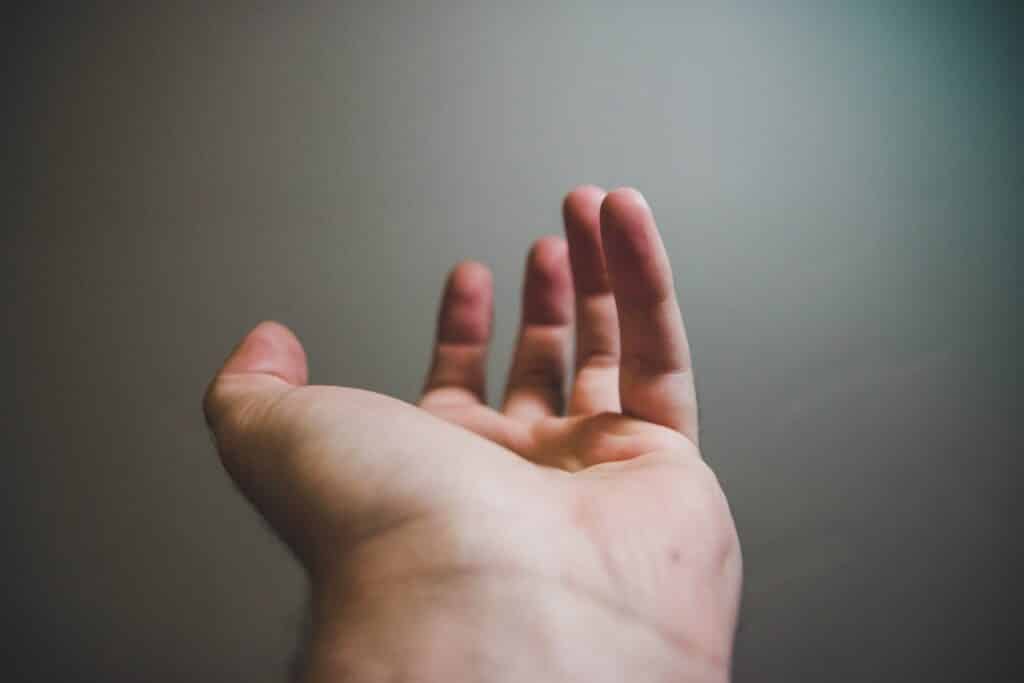Puffy hand syndrome is an uncommon byproduct of long-term intravenous drug use.
The intravenous injection of narcotics, such as heroin, often triggers complications. This form of drug abuse is especially damaging to the skin, leaving track marks at the injection site.
Injecting heroin, meth, or cocaine is one of the most dangerous patterns of substance use, and swollen hands are one of the less reported side effects.
What is Puffy Hand Syndrome?
According to this study, puffy hand syndrome is a rare complication of chronic intravenous drug abuse.
Puffy hand syndrome is painless, and it may present either during or following a lengthy period of drug addiction. In some cases, this occurs years after someone quits intravenous drug use.
Although this syndrome primarily affects the hands, it can also impact the forearms.
Puffy hand syndrome symptoms can be aesthetic and functional. If you are affected by this condition, your fingers and hands will be swollen. This swelling typically extends from the tips of the fingers to the wrists.
Research shows that this condition is initiated by lymphatic obstruction. This blockage prevents the lymph vessels from draining fluid in the body.

Puffy Hand Syndrome Due to Drug Addiction
Repeatedly injecting drugs into or outside the veins will destroy the lymphatic system in the hands, preventing proper drainage. This is what causes the swelling that affects between 7% and 16% of intravenous drug users.
The most prominent risk factor for puffy hand syndrome is the injection of narcotics into the hands or feet. Other risk factors include failure to use a tourniquet when injecting and unsterile practices when injecting.
Occasional swelling in the feet and legs and intermittent periods of painless edema indicates the possible onset of this condition.
There are no medications available for the treatment of this syndrome. You should permanently stop the intravenous injection of drugs. Long-term symptomatic treatments like elastic compression gloves and low-stretch bandages can decrease puffiness.
How Long Does Puffy Hand Syndrome Last?
There are few reports of either the frequency or the severity of puffy hand syndrome.
The above studies indicate that long-term compression therapy and the cessation of intravenous drug use can reduce puffiness after as little as three months.
Will Puffy Hand Syndrome Go Away?
Unfortunately, this syndrome does not always go away. This syndrome often becomes permanent after months of intermittent and painless edema while intravenous drug use continues.
If you develop permanent puffy hand syndrome, further side effects may present, including:
- Pitting of the skin
- Further puffiness
- Thickness in back of fingers
Any intravenous drug use is liable to cause skin damage and will also accelerate the development of substance use disorder. You should seek immediate professional treatment and we can help you with that here at Renaissance Recovery’s California rehab.

Treatment for Addiction at Renaissance Recovery
If you need to stop intravenous drug use, we specialize in the outpatient treatment of substance use disorders. This allows you to remain anchored to your responsibilities while also pursuing your recovery from drug addiction.
For anyone who has been injecting opioids like heroin, there are several FDA-approved medications to help streamline the withdrawal process and to minimize cravings.
While medication-assisted treatment is invaluable, you will also attack the psychological side of drug addiction through counseling and psychotherapy. By identifying what triggers substance use and by learning healthier coping mechanisms, you will build the skills you need to cope with stress in sober living.
If you feel a traditional outpatient program (OP) doesn’t offer you enough support or structure, we offer both intensive outpatient programs (IOPs) and partial hospitalization programs (PHPs). If you are unable to access our treatment center, inquire about our virtual intensive outpatient programs.
Our dual diagnosis treatment program is ideal for anyone with an addiction and co-occurring mental health disorder.
To kickstart your recovery today before puffy hand syndrome sets in, reach out to Renaissance’s California Laguna Beach rehab at or our Florida location in West Palm Beach.









